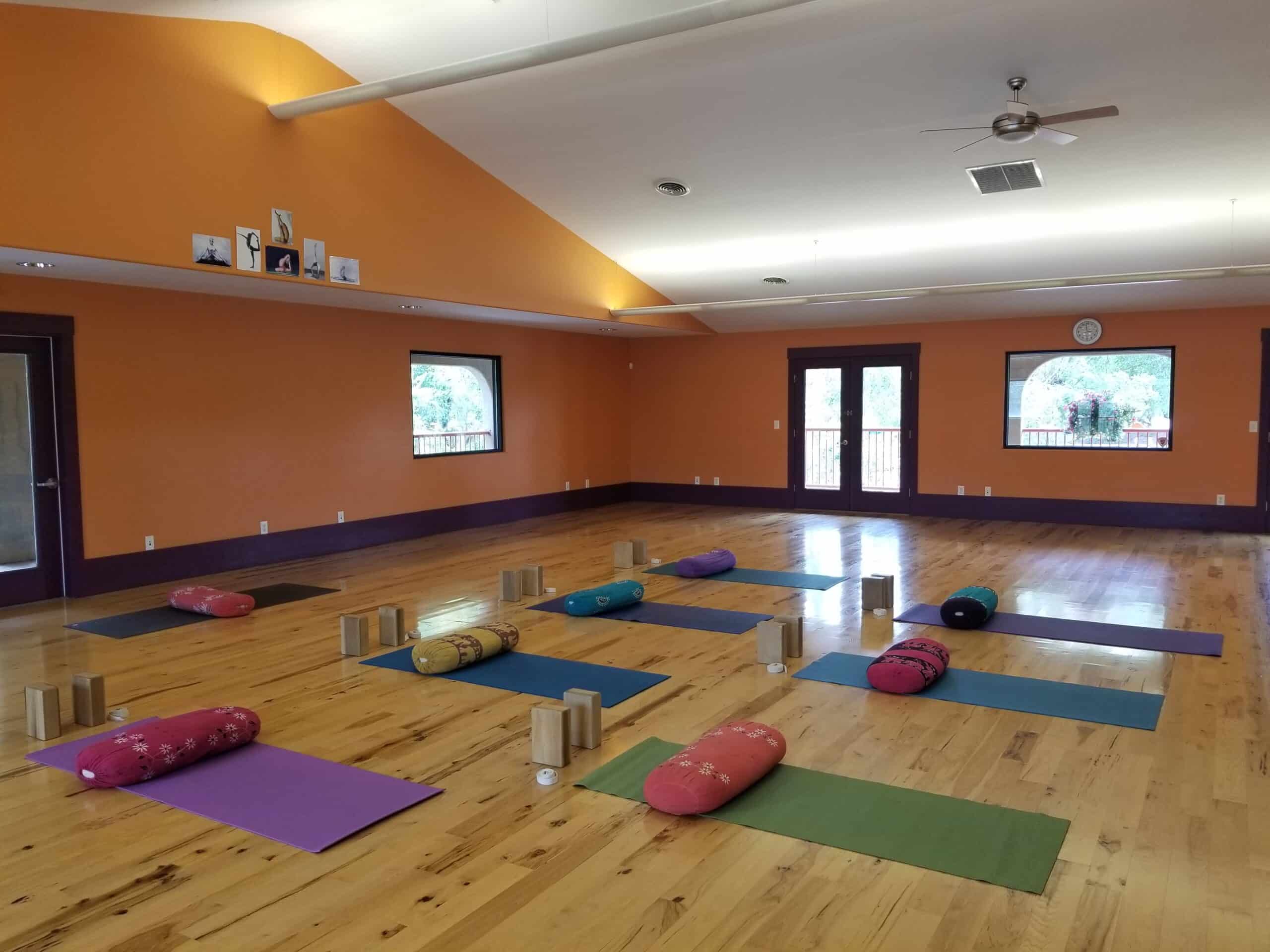7 Steps to Ensure a Positive Meditation | By Cora Gold
Meditation is an ancient practice with practical benefits for modern times. Many people use it to maintain their mental health and some psychologists now recommend it to complement traditional therapy. It can improve your mindset, help you reframe negative thoughts and generate positive energy to move toward your goals.
However, even the most valuable practices have dangers. For example, some trauma survivors find mindfulness meditation can exacerbate stress symptoms because it immerses them in difficult feelings they may not be ready to face. Should you be concerned and shy away if you don’t have a therapist you can talk to after challenging sessions?
For most people, positive meditation is safe and has no adverse effects. However, a few tips and tricks can make your experience even more relaxing — and beneficial. Here are seven steps to ensure a positive meditation.
1. Use Fragrance
Aromatherapy works by activating scent receptors in your nose that travel to your brain, which adjusts certain body chemical levels to produce the desired result. For example, inhaling eucalyptus stimulates your immune function and citrus scents energize you. A few drops of lavender essential oil can induce relaxation if you feel nervous before your meditation session.
2. Get a Special Cushion
Consider investing in a zafu. Buddhists use these special spherical pillows to make seated meditation more comfortable and you can do the same.
When you get your zafu, have a special ceremony to anoint it as a sacred, safe space. Light a candle and recite a prayer or affirmation — whatever vibrates with your belief system.
3. Dim the Lights
Nature designed the human body to feel more alert during daylight hours. However, this awareness of the external world can make it more challenging to look inward. Consider installing a dimmer switch or use candlelight or a string of fairy LEDs to illuminate your meditation space with just enough to see. Greens, blues and purple tones further induce relaxation.
4. Engage Your Ears
Music has therapeutic powers. Consider using solfeggio frequencies or binaural beats in the background as you meditate.
Solfeggio frequencies harmonize the vibrations deep in your body’s cells to inspire healing. Binaural beats consist of two tones, which spur your brain to create a third in the frequency difference between them. That third tone resonates with you and gradually changes your brainwaves, inducing a meditative state.
5. Reduce Distractions
Advanced yogis and monks can meditate in a crowded mall and you’d never suspect it. However, most mere mortals find distractions annoying, at least at first. Make your space as soundproof as possible and hang a Do Not Disturb sign on your door.
6. Breathe Deeply
Deep breathing activates your parasympathetic nervous system — the side that tells your body to rest and digest. You can also use your breath as a focal point, counting as you inhale for five and exhale slightly longer.
7. Express Gratitude For Your Practice
Each meditation session is a gift to yourself. Take a moment to thank yourself after each practice. There’s no getting it right — taking the time for self-development alone adjusts your mindset.
Better Your Meditation Experience
Meditation can be an effective tool, but a few tricks can make it even more enjoyable. Try the seven steps above to ensure a positive meditation and get more from your time on the mat.
Photo by Engin Akyurt.
 Cora Gold has a passion for living a happy, healthy and mindful life. As Editor-in-Chief of Revivalist and an avid writer, she aims to inspire others to do the same. Follow Cora on Twitter, Facebook and LinkedIn.
Cora Gold has a passion for living a happy, healthy and mindful life. As Editor-in-Chief of Revivalist and an avid writer, she aims to inspire others to do the same. Follow Cora on Twitter, Facebook and LinkedIn.Optimize your immune system with nourishing herbs such as Elderberry, Burdock, Nettles, Cleavers and Astragalus. Serve yourself up [...]

Subscribe to Our Tribe
Stay up to date with Y+L News, Events and special announcements.










